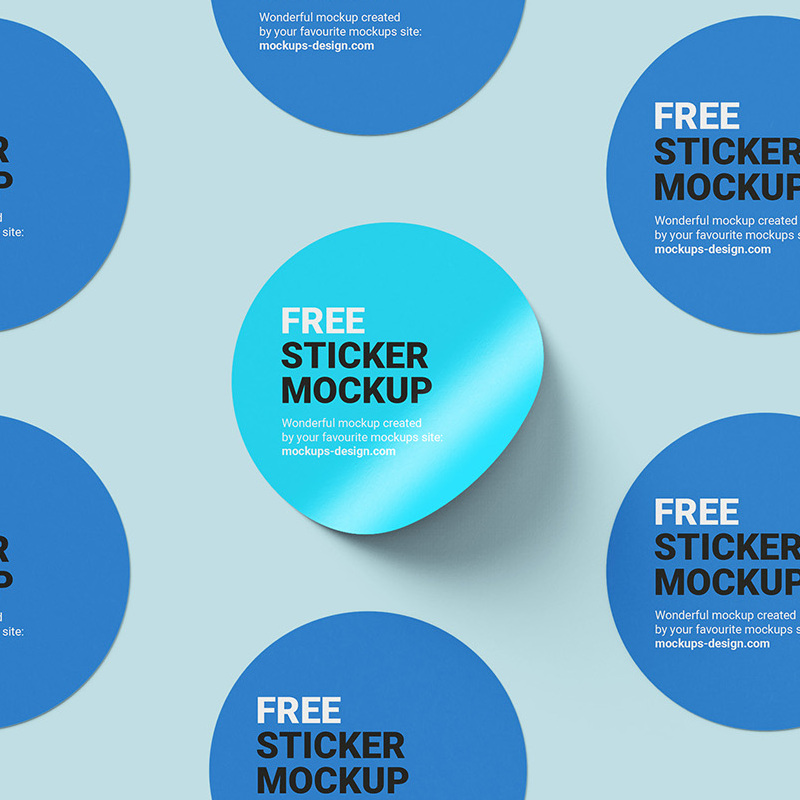The Evolution and Impact of Bread Bags
In the ever-evolving landscape of consumer products, bread bags represent a fascinating intersection of functionality, sustainability, and marketing. These seemingly simple containers play a critical role in preserving the freshness of bread, but their impact extends far beyond mere utility. This article delves into the history, technology, and environmental considerations surrounding bread bags, illustrating their significance in our daily lives.
The Historical Context
The use of bread bags can be traced back to the early 20th century when bread was predominantly sold from local bakeries. The original bags were typically made from paper, a material chosen for its availability and biodegradability. While paper bags allowed for moderate breathability, they often failed to prevent bread from going stale. This limitation gave rise to innovations aimed at improving shelf life and convenience.
In the mid-20th century, plastic began to emerge as a revolutionary material. Bread manufacturers quickly adopted plastic bags for their superior sealing properties, which helped keep moisture in and air out. This change not only extended the freshness of bread but also enabled retail chains to sell pre-sliced loaves, changing the way consumers approached bread. The lightweight nature of plastic bags also contributed to more efficient packaging and transportation, benefiting both producers and consumers.
The Technology Behind Bread Bags
Modern bread bags typically use low-density polyethylene (LDPE) or other types of plastic that offer an array of benefits
. LDPE is sturdy yet flexible, providing an airtight seal that minimizes exposure to environmental factors that can hasten spoilage. Moreover, many manufacturers have begun to integrate technologies such as anti-fog and anti-static additives to enhance performance.bread bags

In recent years, the bread industry has also begun exploring the use of resealable bags. These convenient features have been especially popular among consumers who seek to preserve bread over multiple uses without dealing with clips or additional ties. The ease of resealing has not only made bread storage more user-friendly, but it has also contributed to reducing waste by encouraging consumers to finish their loaves rather than discard unused portions.
Environmental Considerations
Despite their practicality, the environmental impact of plastic bread bags has come under scrutiny in recent years. The proliferation of single-use plastics, including those used for bread packaging, has raised concerns regarding waste and ecological degradation. As a result, many consumers and businesses are re-evaluating their reliance on plastic.
In response to this growing concern, some companies have begun to innovate in the realm of sustainable packaging. Biodegradable plastic alternatives, made from materials such as cornstarch or other organic polymers, are emerging as viable options for bread bags. These bags promise to retain the freshness and convenience of plastic while minimizing environmental impact. However, it is crucial to note that even biodegradable plastics require specific conditions to break down effectively, which are often not present in standard waste management systems.
Another promising trend is the revival of fabric bread bags. While they may not offer the same level of airtight sealing as plastic, fabric bags are reusable, reducing waste and fostering a more sustainable lifestyle. Brands that promote such options often emphasize the importance of reducing single-use plastics and advocate for a shift toward more sustainable consumer practices.
Conclusion
Bread bags, though often overlooked, play a pivotal role in the modern food industry. Their evolution from simple paper pouches to advanced plastic packaging illustrates how consumer needs and technological advancements can shape everyday products. However, as we navigate an increasingly complex landscape of environmental concerns, the future of bread bags is likely to involve a careful balance between convenience and sustainability. Whether through innovative materials or a return to traditional methods, the journey of bread bags continues to reflect the changing priorities of society. Ultimately, as consumers become more conscious of their consumption habits, the evolution of bread bags will serve as a microcosm of larger shifts toward sustainability in packaging and food preservation.



